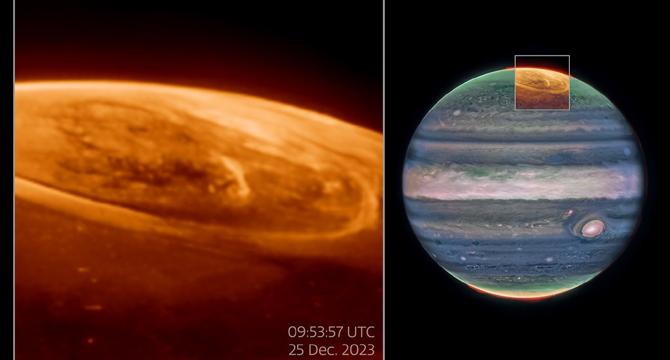Livescience
4d
328

Image Credit: Livescience
James Webb telescope reveals 'impossible' auroras on Jupiter that have astronomers scratching their heads
- On Christmas Day in 2023, scientists used the James Webb Space Telescope to capture rapidly-changing features in Jupiter's auroras.
- The observations could help explain how Jupiter's atmosphere is heated and cooled, as reported in a study published in Nature Communications.
- The researchers focused on infrared light emitted by the trihydrogen cation, H3+, to understand its role in cooling Jupiter's atmosphere.
- Puzzling data was discovered when comparing JWST's infrared observations with Hubble's ultraviolet observations of Jupiter's auroras, leaving scientists with unanswered questions.
Read Full Article
19 Likes
For uninterrupted reading, download the app